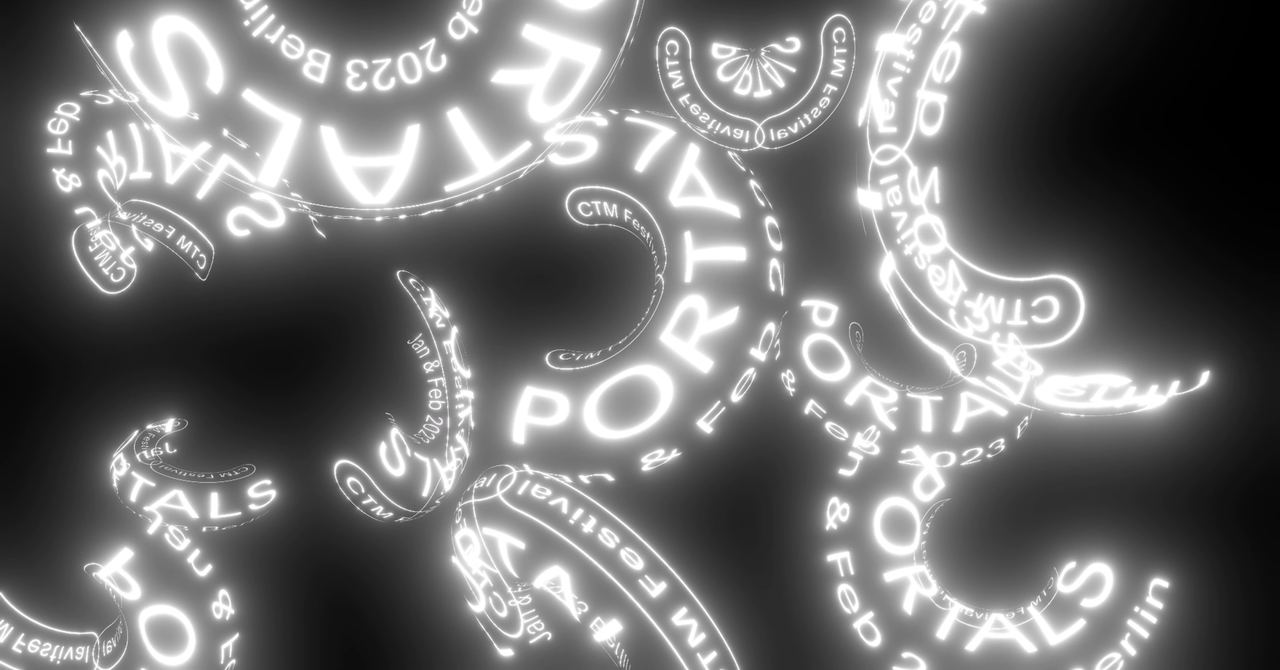
Sound and music open portals to other realities and to the experiences of others. A societal moment and its long history can be expressed in a music genre, a track, a certain tonality, a rhythm, or even a single sound, a small tonal shift, or in the combination of two musical elements. Complex stories of social movements, resistance, and empowerment can resound within such sonic fragments. The longing for a utopia, alternate worlds, the reality of a community, or an individual’s idiosyncratic mental map can be articulated. And vice versa: the sounding of such a musical marker, agent, or medium can transport listeners to its underlying stories, realities, and modes of experience, drawing them deeply into states of being, emotions, and discourses.
We are transported to other physical and mental states through sonic affects and resonances, which evoke emotions and sensations, activate the imagination, and echo memories. However, as abstract as experimental forms of music and sound may seem, they are also grounded in storytelling, not only through obvious forms such as lyrics, but by taking place in and responding to present and historical contexts, which they continue to expand. The choice of contributors, structures, tools, and materials also produces meaning. Collaborations across geographies and cultures, for example, or pulling together materials and ideas from different times and places, create unexpected connections in the form of spatio-temporal folds and tunnels as well as new historiographical forking, which from then on may follow their own trajectories. Such portals and wormholes transport us to real, speculative, and imaginary worlds, which in turn always point back to the experience and reality of a world’s creator.
Portals, and the worlds they give access to, can be created using a wide variety of techniques: they can favour bodily, affective, ritual, mnemonic, emotional, narrative, or documentary approaches – or combinations thereof – and use immersion, alternative temporalities, and world-building. Artists must ask themselves through which means and modalities a portal operates. Does it invite active immersion and engagement, or does it create an irresistible pull across a threshold? Should listeners remain as observers or become co-producers? Is the focus on the commonality or the limits of shared experience? Should access be widened, or should a reflection on privilege, differences, and inequalities be achieved by standing in front of closed doors?
In thinking about music as portals and practices of world-building, one must inevitably deal with questions of access and exclusion. What creates permeability? Who is addressed? Who gets access and how is access governed? And who owns the material and immaterial resources to be able to create portals and the worlds behind them in the first place?
CTM 2023 uses the metaphor of the portal as a curatorial shape through which, on the one hand, we attempt to make contact with specific modes of experience, histories, communities, and practises of world-building, and, on the other, we reflect on the preconditions, thresholds, regulation, and fundamental function of sound and music as gateways to other realities.